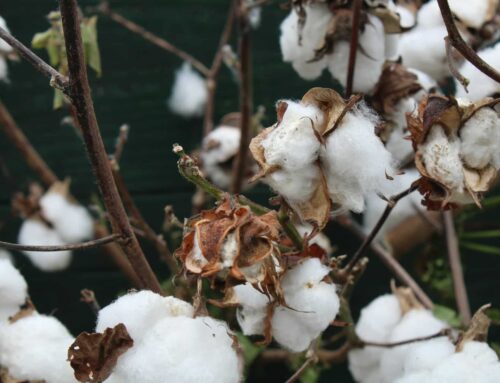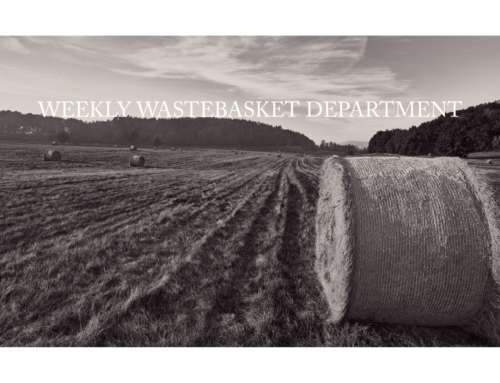It looks like China’s application of 25 percent additional tariffs just claimed its first victim. The Peak Pegasus, a bulk carrier built in 2013, set sail for China with 70,000 tons of US soybeans in a race to dock before the 25 percent tariffs on soybeans went into effect on July 6.
Unfortunately for the soybeans growers, the ship didn’t make it in time and spent 5 extra weeks anchored outside the Chinese port of Dalian. It finally unloaded cargo on Monday, and what should have cost $23 million ended up costing China’s state grain stockpiler Sinograin a total of nearly $29 million. At least two other ships full of soybeans are anchored off the coast of China, facing the same fate. In case you think those numbers aren’t huge in the grand scheme of things, keep in mind that Chinese companies now only account for 17 percent of purchases for U.S. soybeans, down from an average of 60 percent. In other words, this is going to leave a mark.
This is yet another step in the trade war moving from noisy tweets to expensive, real life consequences.
Trade War Tit-For-Tat
The trade war started when the U.S. imposed a 10 and 25 percent tariff on aluminum and steel products, citing national security concerns. Only Australia, Argentina, Brazil, Japan, and South Korea were exempted from the tariffs. Many countries imposed their own tariffs on U.S. products, but a near directly proportional tit-for-tat trade war has developed between the United States and China, two elephants who can hurt a lot of grass in the process. Both countries imposed a 25 percent tariff on a variety of goods worth $50 billion. Now the U.S. has announced a 25 percent tariff on $200 billion worth of Chinese goods to take effect sometime soon while China has announced a 25 percent tariff on $60 billion of U.S. goods to China.
As for the grass, sorry – the rest of the world, the United States has now increased tariffs on 1,284 products. Countries American businesses trade with have responded by increasing their tariffs on 1,528 US products.
The American economy is starting to feel the effect. Plants have closed, companies have said they will open new factories overseas instead of in the U.S., futures prices for agricultural products have plummeted. And American businesses are seeing cost increases from the tariffs. The Congressional Research Service reports that between March 23 and July 16, the U.S. collected $1.4 billion from levies on foreign imports of steel and aluminum. With a much broader set of products affected by the July 6 tariffs, including consumer goods like motor vehicles and LEDs, we will soon see many more American manufacturers, retailers, and consumers picking up the tab.
The Tariffs Are Costing Us
As the costs of the tariffs ripple through the economy, it seems most people believe tariffs are a bad idea. A recent poll by the Pew Research Center says more people see increased tariffs between the U.S. and its trading partners as being bad for the country. They are. It’s important to remember how tariffs work. They are not fines foreign countries pay for exporting products. Tariffs are taxes we charge American businesses when they import products, or raw materials from overseas. So the 25 percent tariff on steel from Mexico is not being paid by the exporter, it’s being paid by Mid Continent Nail Corporation in Poplar Bluff Missouri that wants to turn steel wire into nails.
Yet many people still seem to believe tariffs are a necessary evil and are simply a temporary tool to get us better trade deals.
While we certainly want better trade deals, it doesn’t appear the Trump Administration will turn back from tariffs any time soon. The Office of the United States Trade Representative has a hearing on August 20-23 relating to the proposed $200 billion in additional tariffs on 6,000 products. China has responded with a yet-to-be-released list of $60 billion worth of American products subject to increased tariffs. And tariffs are now being dangled as a tool for obtaining the administration’s foreign policy goals with Turkey.
Trump’s trade war is starting to impose financial costs on many of the very consumers and businesses that the president has said he wants to protect, yet there is no end in sight. Get ready for more soybean ghost ships in the Trump tariff twilight zone.














Get Social